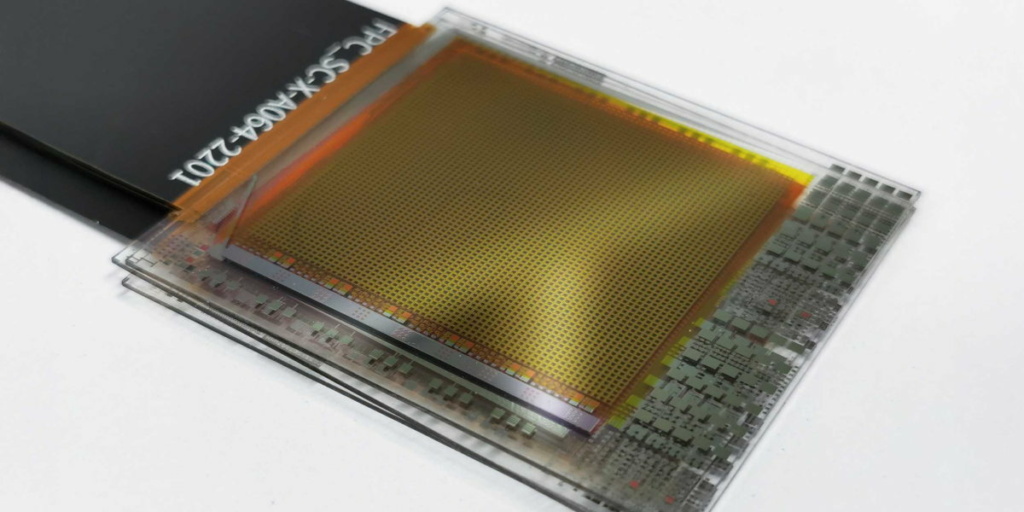Your cart is currently empty!

Every photon counts: stacked perovskites outdo silicon image sensors
Swiss researchers have developed an image sensor using stacked perovskite layers, capturing full-color images with higher efficiency and accuracy and without the need for traditional color filters.
A team of scientists at ETH Zurich and the Swiss Federal Laboratories for Materials Science and Technology (Empa) has unveiled a transformative image sensor technology that leverages monolithically stacked perovskite photodetectors to overcome fundamental limitations in traditional digital cameras. Reported in Nature, the new sensor design replaces conventional color filter arrays (CFAs) and silicon-based layers with finely tuned lead halide perovskite films, achieving higher light efficiency, superior color accuracy and sharper images – all without the need for demosaicing, ie digital image postprocessing to reconstruct a full color image from the incomplete color samples.
At the core of digital image capture lies the division of incoming light into red, green and blue channels – historically achieved through CFA mosaics like the Bayer pattern. Each pixel detects only one primary color, and interpolation algorithms reconstruct the full image. However, this leads to severe photon losses: up to two-thirds of the light is discarded. It also introduces artefacts, particularly in low-light conditions. Even Foveon-type sensors, which utilize stacked silicon layers to sequentially detect colors, struggle with poor spectral selectivity due to silicon’s broad absorption profile.

